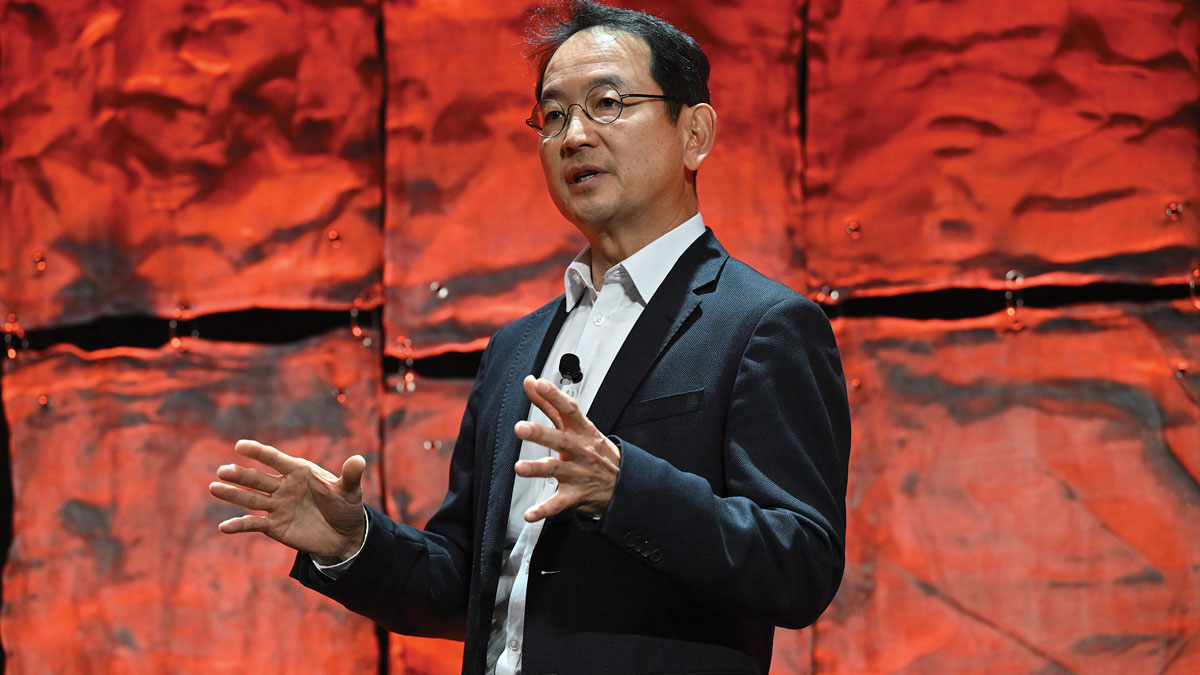New Degree Program Helps Faculty Master Teaching Technologies
Since 2001, most of the growth in college enrollment has come from students taking classes online, according to the Instructional Technology Council. Today, about 32 percent of college students take at least one course online, says the annual Sloan Online Survey.
Those trends are playing out relatively quickly, which means that a lot of faculty have to learn IT and AV technologies on the fly. A new degree program from William Woods University in Missouri aims to provide a more structured way of getting up to speed on online teaching tools and practices. It’s noteworthy partly because it is one of the first programs of its kind in the country.
“The Online Master Education in Teaching and Technology degree program is designed to help teachers/instructors and business trainers incorporate various teaching styles, methods and technology into the teaching and learning environment,” said Dr. Roger Wen, dean of William Woods’ online campus and associate professor of education and business. “Since this is different than the traditional educational/instructional technology degree, we emphasize on the effective use of the technology in teaching and integration of the technology in teaching.”
Wen’s background is education technology, including AV and IT. Those experiences prompted the new degree program.
“I noticed that frontline teachers and trainers need the professional development on how-tos of the integration and tools,” Wen said. “We designed this program to serve that purpose. This is not a program to prepare an educational technologist but a program to prepare a master teacher or trainer on integrating technology into the curriculum design and teaching.”
Even so, the program won’t put higher ed technology managers out of work anytime soon. That’s because the coursework focuses on the fundamentals of effective teaching online. For example, “the demonstration curriculum must be in an online format using a website such as Wikispaces, PBWorks, Weebly, Edmodo, or other website hosting tool or instructional management system/learning management system such as Moodle [or] EDU2.0,” Wen said.
Graduates still will have to wrestle with nuts-and-bolts issues including using an AV control panel or accommodating BYOD scenarios such as getting an iPad to output to the classroom's projector and PA. That means higher ed technology managers will continue to do a lot of training and hand-holding—no surprise, if only because there are so many potential AV/IT configuration scenarios.
A daily selection of features, industry news, and analysis for AV/IT professionals. Sign up below.
“We do not want to get into the hardware or system configuration [that] might not be easily or equally accessible to all settings and all students,” Wen said. “Those are covered in a more general discussion or theory discussion and not the hands-on practice/activities.”
Since 1998, Tim Kridel has covered the tech and telecom industries for a variety of publications and websites, including AV Technology, Carrier Ethernet News, Digital Innovation Gazette, Pro AV, and InAVate. His coverage includes carrier Ethernet, mobile apps, speech recognition, digital signage, FTTx, videoconferencing, Wi-Fi, and cellular. He can be reached at tim@timkridel.com.
